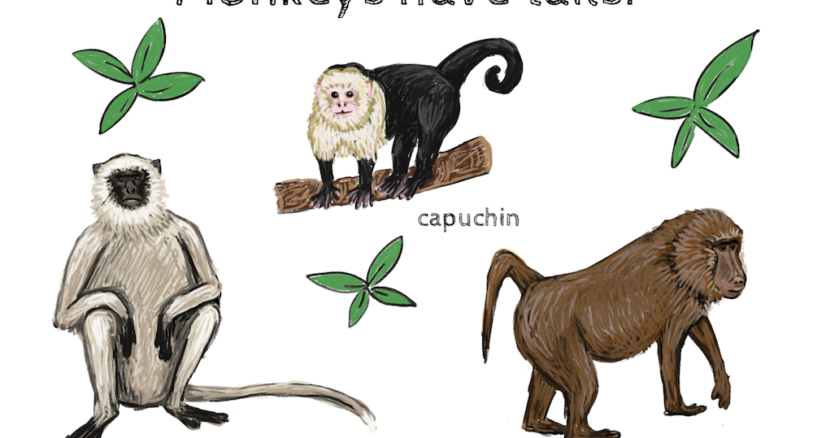Note: This is Activity 4 of the water cycle lesson for grades 3–5.

Purpose: To provide students with an opportunity to work together collaboratively on a common goal: writing, creating, designing, and performing their own water cycle play.
Materials: Recycled sustainable paper, poster board, paint, construction paper, felt, crayons, markers, pencils, tape, stapler, and scissors.
Common Core Standards:
English Language Arts Standards:
Reading: Literature:
Craft and Structure:
CCSS.ELA-Literacy.RL.3.5 (third) Refer to parts of stories, dramas, and poems when writing or speaking about a text, using terms such as chapter, scene, and stanza; describe how each successive part builds on earlier sections.
CCSS.ELA-Literacy.RL.3.6 (third) Distinguish their own point of view from that of the narrator or those of the characters.
CCSS.ELA-Literacy.RL.4.6 (fourth) Compare and contrast the point of view from which different stories are narrated, including the difference between first- and third-person narrations.
CCSS.ELA-Literacy.RL.5.5 (fifth) Explain how a series of chapters, scenes, or stanzas fits together to provide the overall structure of a particular story, drama, or poem.
CCSS.ELA-Literacy.RL.5.6 (fifth) Describe how a narrator’s or speaker’s point of view influences how events are described.
Writing:
Text Types and Purposes:
CCSS.ELA-Literacy.W.3.3a (third) Establish a situation and introduce a narrator and/or characters; organize an event sequence that unfolds naturally.
CCSS.ELA-Literacy.W.3.3b (third) Use dialogue and descriptions of actions, thoughts, and feelings to develop experiences and events or show the response of characters to situations.
CCSS.ELA-Literacy.W.4.3a (fourth) and 5.3a (fifth) Orient the reader by establishing a situation and introducing a narrator and/or characters; organize an event sequence that unfolds naturally.
CCSS.ELA-Literacy.W.4.3b (fourth) Use dialogue and description to develop experiences and events or show the responses of characters to situations.
CCSS.ELA-Literacy.W.5.3b (fifth) Use narrative techniques, such as dialogue, description, and pacing, to develop experiences and events or show the responses of characters to situations.
Speaking & Listening:
Presentation of Knowledge and Ideas:
CCSS.ELA-Literacy.SL.3.4 (third) Report on a topic or text, tell a story, or recount an experience with appropriate facts and relevant, descriptive details, speaking clearly at an understandable pace.
CCSS.ELA-Literacy.SL.3.5 (third) Create engaging audio recordings of stories or poems that demonstrate fluid reading at an understandable pace; add visual displays when appropriate to emphasize or enhance certain facts or details.
CCSS.ELA-Literacy.SL.4.4 (fourth) Report on a topic or text, tell a story, or recount an experience in an organized manner, using appropriate facts and relevant, descriptive details to support main ideas or themes; speak clearly at an understandable pace.
CCSS.ELA-Literacy.SL4.5 (fourth) Add audio recordings and visual displays to presentations when appropriate to enhance the development of main ideas or themes.
CCSS.ELA-Literacy.SL5.4 (fifth) Report on topic or text or present an opinion, sequencing ideas logically and using appropriate facts and relevant, descriptive details to support main ideas or themes; speak clearly at an understandable pace.
CCSS.ELA-Literacy.SL5.5 (fifth) Include multimedia components (e.g., graphics, sound) and visual displays in presentations when appropriate to enhance the development of main ideas or themes.
Next Generation Science Standards (NGSS):
Understandings about the Nature of Science:
Science is a human endeavor:
Most scientists and engineers work in teams; Science affects everyday life; Creativity and imagination are important to science.
Procedure:
• Ask students to think about how you as a class could put on a water cycle play
• Brainstorm what would be needed:
* Script with plot, point of view, setting, conflict, and resolution
* Main characters: evaporator, transpirator, condensator, precipitator, and the collector
* Sub characters: evaporator needs a sun and a body of water; transpirator needs trees; condensator needs clouds; precipitator needs rain drops, and collector needs a body of water
* Costume designers
* Setting designers
• There should be enough parts for everyone to participate: Note: Some students enjoy being front and center stage. These students should be the main characters as these characters will be the main speakers. The sub characters are also a vital part of the play and can serve as props to demonstrate the role that each main character plays in the water cycle.
• As a class, brainstorm the plot, point of view, setting, conflict, and resolution. Note: Do this together whole class and encourage creativity and humor.
• Costume designers can use construction paper, felt, markers, crayons, etc., to make the costumes. They can even make finger-tipped blue arrows for the evaporator (finger tips pointing upward) and precipitator (finger tips pointing downward) to wear in order to demonstrate how water vapor rises (evaporates) and falls (precipitates) into Earth’s atmosphere.
• Setting designers can use poster boards and paint to create a rainforest setting or students’ location setting.
• Main objective is to have fun, encourage each other, assist one another, and most importantly, work together collaboratively as a team to achieve a common goal.
Directions: Example student plays can be viewed on youtube: Water Cycle #2, Water Cycle #1, and Water Cycle #3. Enjoy the show!





